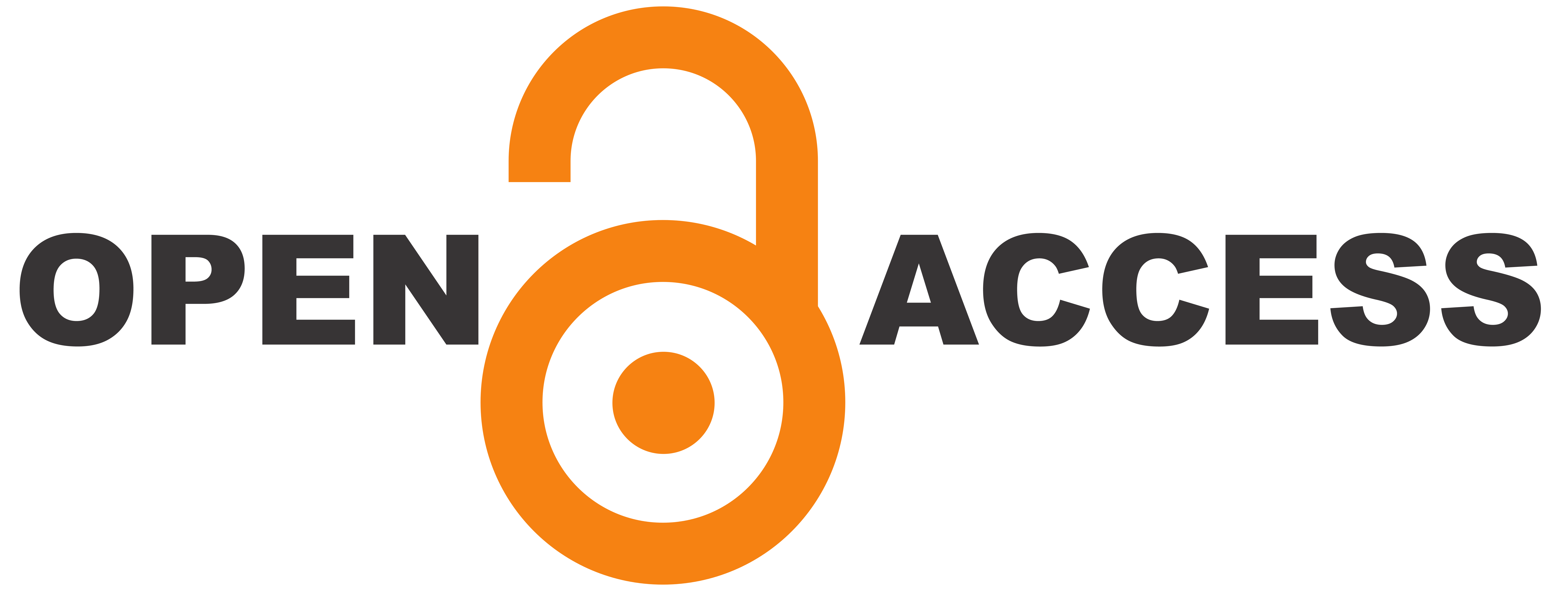An Approach to improve the Performance of Total Cross-tied connected PV array in Partial shading condition
Abstract
Keywords
Full Text:
PDFReferences
A. Askarzadeh and A. Rezazadeh, “Artificial bee swarm optimization algorithm for parameters identification of solar cell models,” Applied Energy, vol. 102, 2013, pp. 943-949. doi: https://doi.org/10.1016/j.apenergy.2012.09.052
H. Patel and V. Agarwal, “Maximum power point tracking scheme for PV systems operating under partially shaded conditions,” IEEE transactions on industrial electronics, vol. 55, no. 4, 2008, pp. 1689-1698.
Y. H. Ji, D. Y. Jung, J. G. Kim, J. H. Kim, T. W. Lee and C. Y. Won, “A real maximum power point tracking method for mismatching compensation in PV array under partially shaded conditions,” IEEE Trans. Power Electron., vol. 26, no. 4, 2011, pp. 1001-1009.
E. Koutroulis and F. Blaabjerg, “A new technique for tracking the global maximum power point of PV arrays operating under partial shading conditions,” IEEE J. Photovol., vol. 2, no. 2, 2012, pp. 184-190.
T. L. Nguyen and K. S. Low, “A global maximum power point tracking scheme employing direct search algorithm for photovoltaic systems,” IEEE Trans. Ind. Electron., vol. 57, no. 10, pp. 3456-3467, Oct 2010.
N. Kaushika and N. Gautam (2003), “Energy yield simulations of interconnected solar PV arrays,” IEEE Trans. Energy Convers., vol. 18, no. 1, pp. 127-134, 2003.
.
L. Villa, D. Picault, B. Raison, S. Bacha and A. Labonne, “Maximizing the power output of partially shaded photovoltaic plants through optimization of the interconnections among its modules,” IEEE J. of Photovol., vol. 2, no. 2, pp. 154-163, 2012.
L. Villa, T. P. Ho, J. C. Crebier and B. Raison, “A power electronics equalizer application for partially shaded photovoltaic modules,” IEEE Trans. Ind. Electron., vol. 60, no. 3, pp. 1179-1190, March 2013.
P. Changmai, S. K. Nayak, and S. K. Metya, "Mathematical model to estimate the maximum power output of a total cross tied connected PV array during partial shading condition," IET Renewable Power Generation, vol. 13, no. 14, 2019, pp. 2647-2655.
P. Changmai and S. K. Metya, “Determination of the best shading pattern to maximize the power of TCT connected solar PV array during partial shading condition,” Journal of Optics, vol. 48, no. 4, 2019, pp. 499-504.
Copyright (c) 2020 Author(s)

This work is licensed under a Creative Commons Attribution 4.0 International License.
Call for Paper for the upcoming issue
The journal welcomes publications of high-quality research papers, review papers, white papers, conference papers, etc. on theoretical developments and practical applications in the domain of Electrical and Electronics and its allied sciences.
Authors are solicited to contribute to the journal by submitting articles that illustrate original research works, short communications and review articles in the thrust areas of the journal as mentioned on the About page.
- The downloadable Template and the Online submission link are available on the PAPER SUBMISSION page.
ADBU Journal of Electrical and Electronics Engineering (AJEEE) - ISSN: 2582-0257 is an International peer-reviewed Open-Access Online journal in the English language that publishes scientific articles which contribute new novel experimentation and theoretical work in all areas of Electrical and Electronics Engineering and its applications. |
* The views, interpretations and opinions expressed in the articles are those of the author(s) and should not be considered to reflect the opinions of the Editorial Board of this journal- AJEEE.
 |




